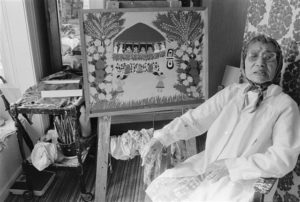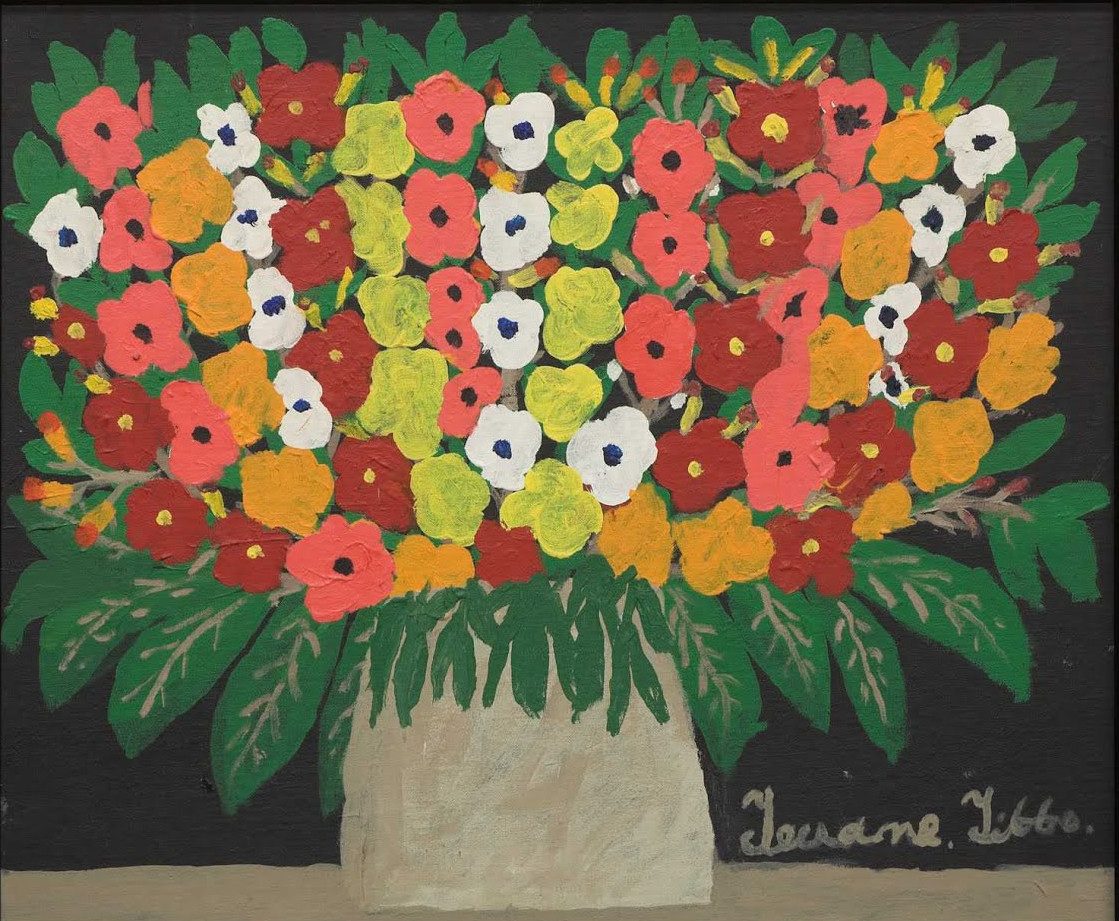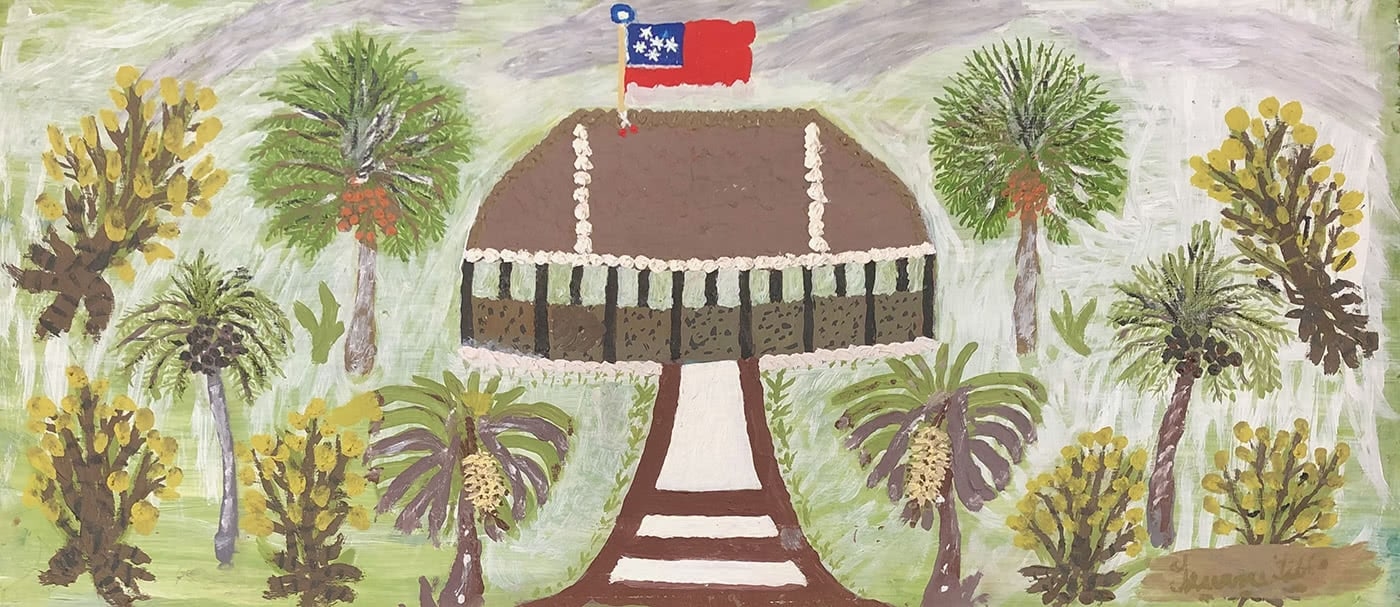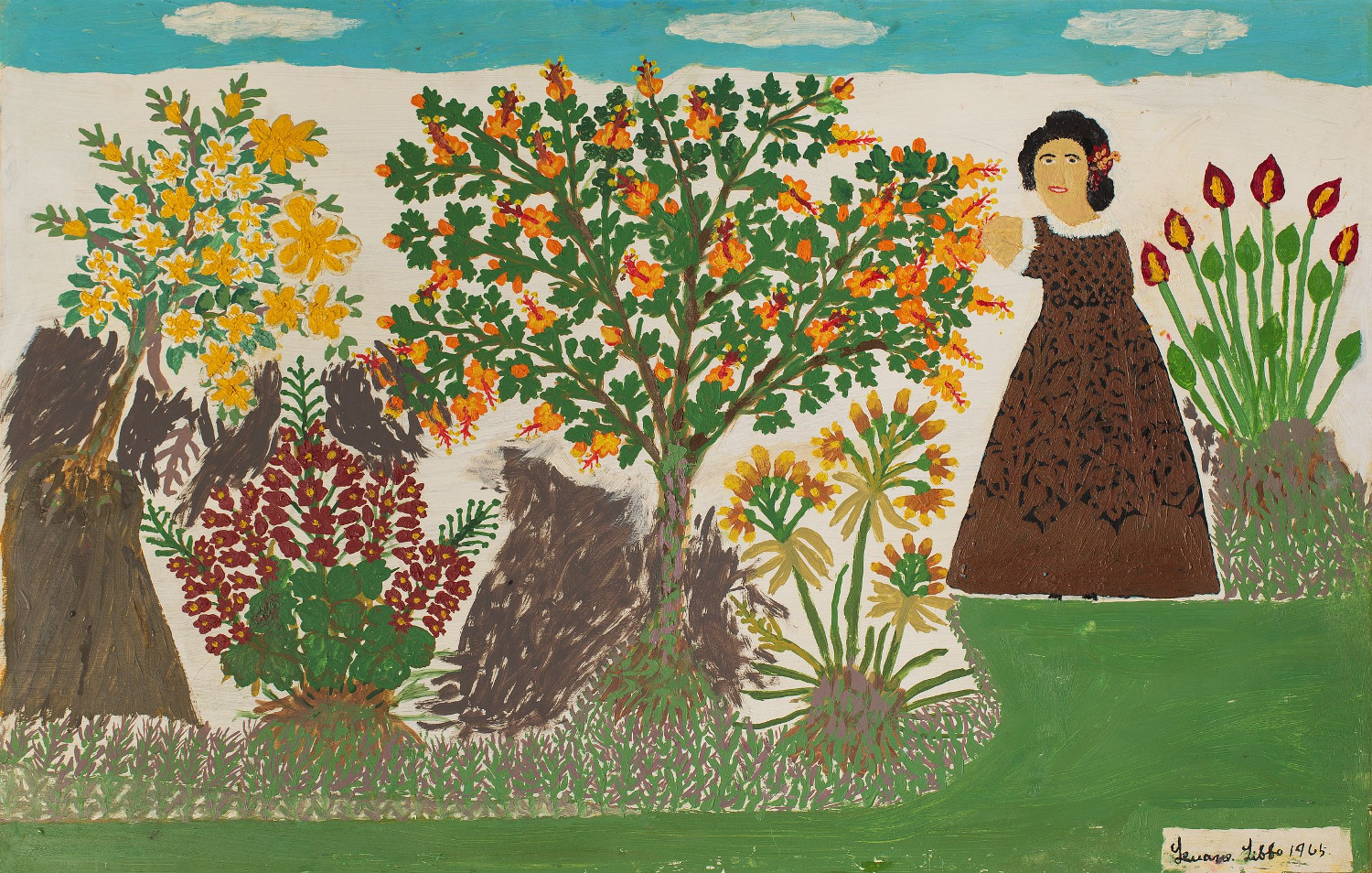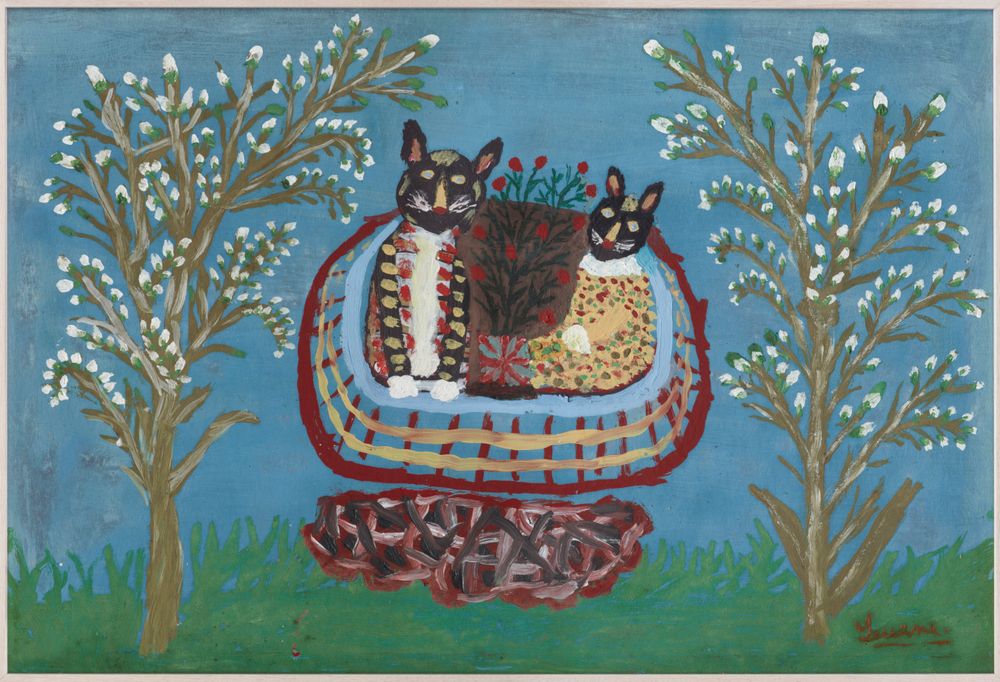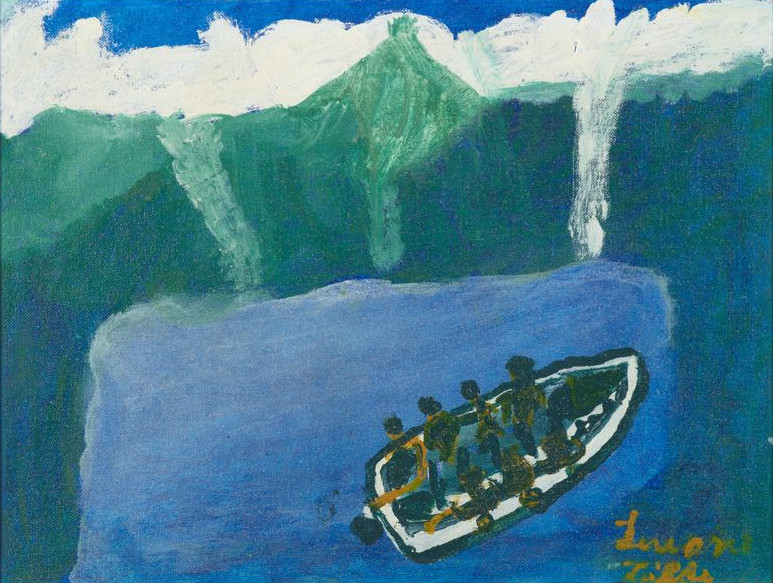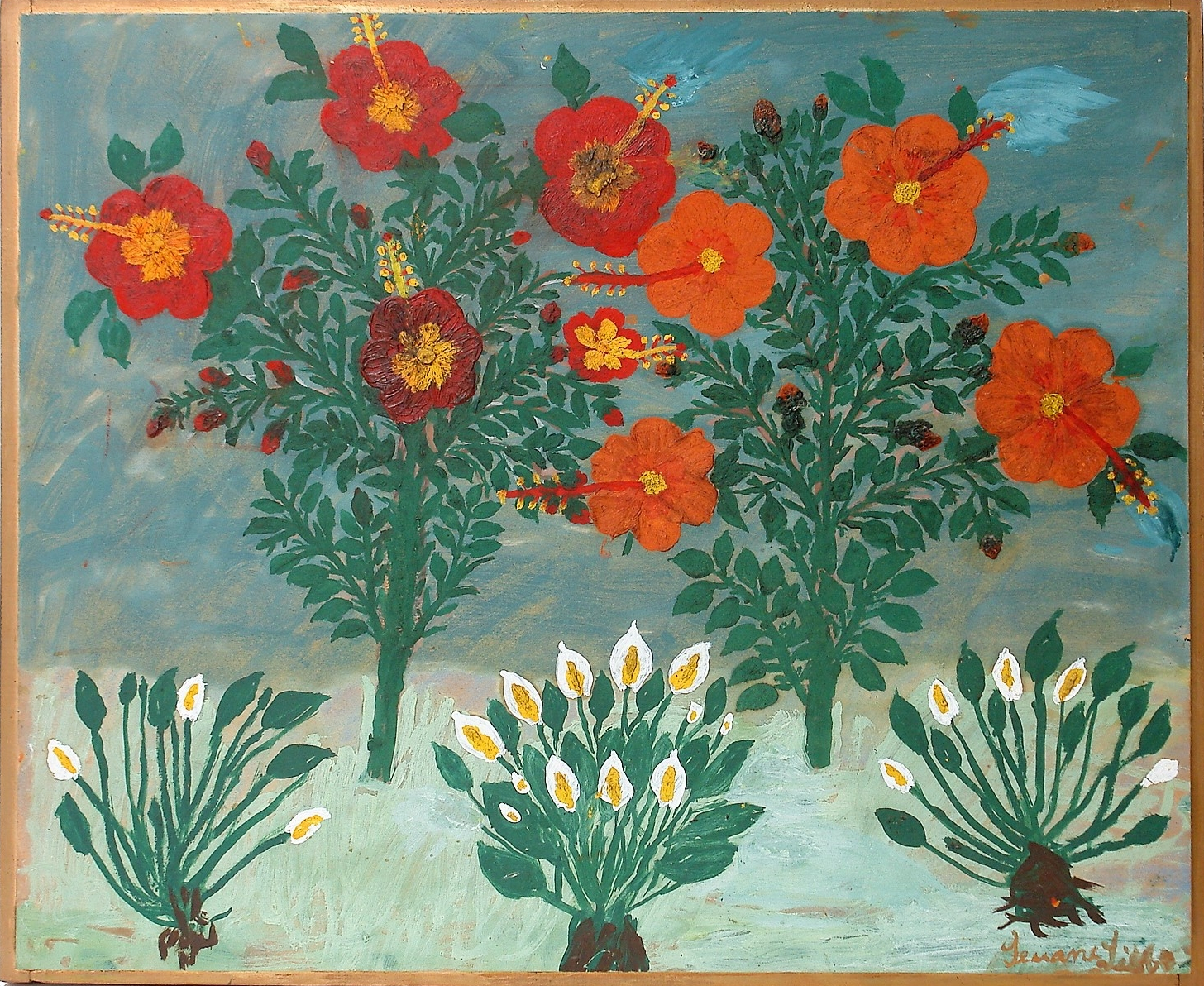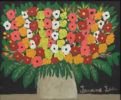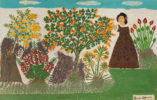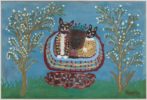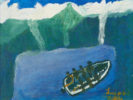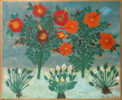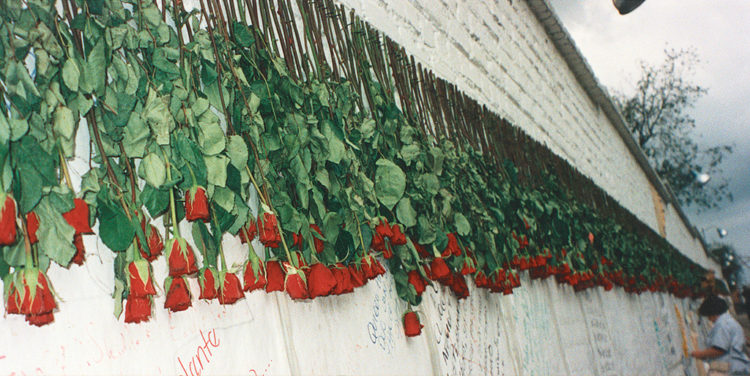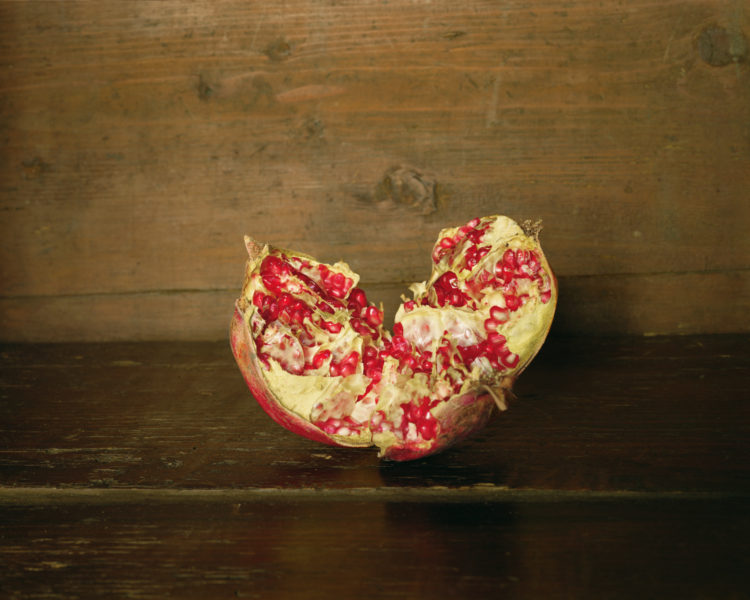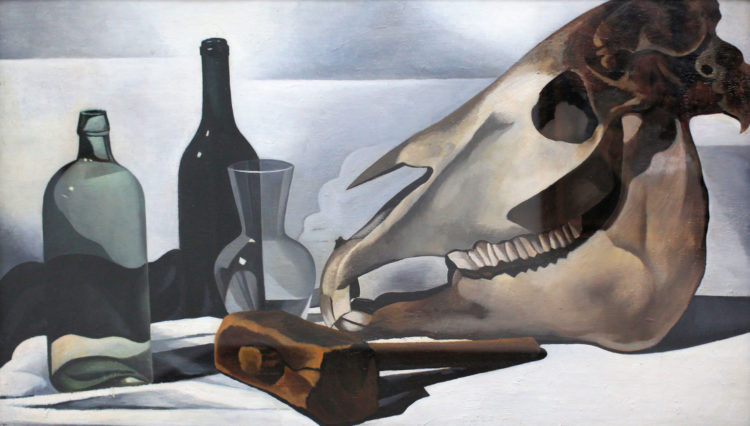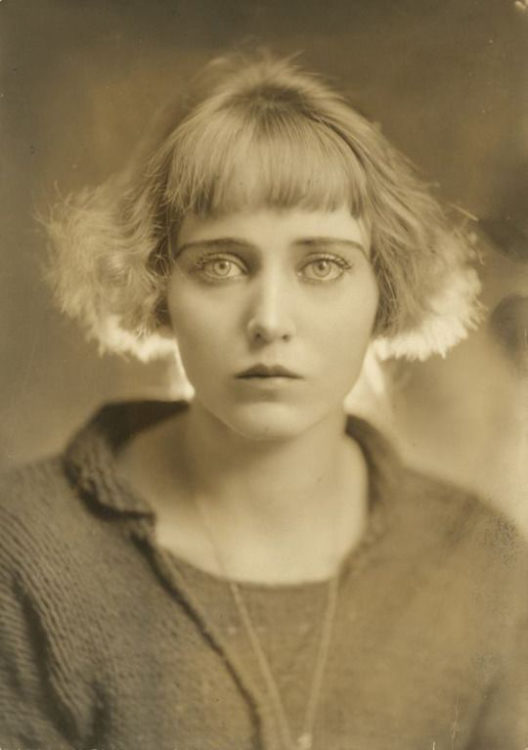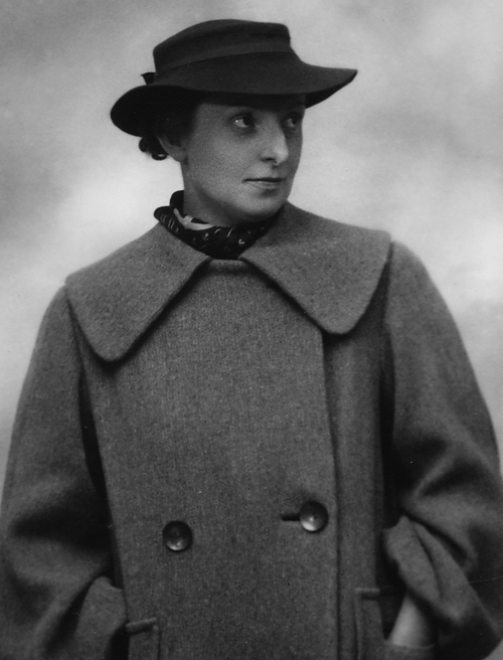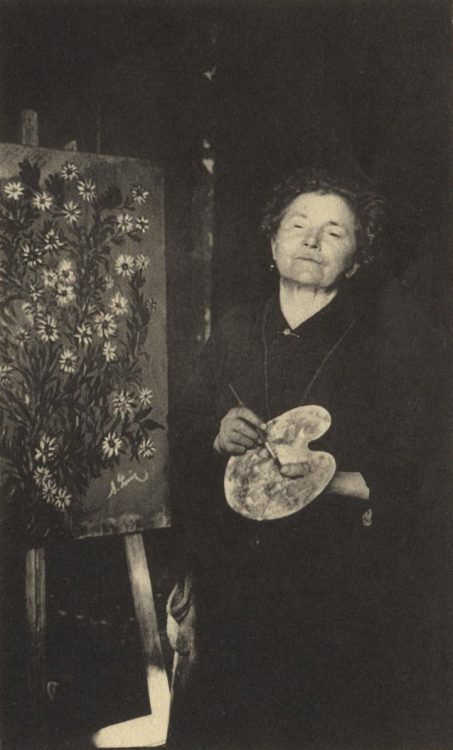Teuane Tibbo
Pennefather Audie Marie, A True & Strange Story: The Life of Teuane Ann Tibbo, Artist 1895–1984, Tweed Heads, N.S.W, A.M. Pennefather, 2009
Keep it in the Heart: The Paintings of Teuane Tibbo, Lopdell House Gallery, Auckland, 2002
Samoan painter.
Born shortly after the end of the First Samoan Civil War, Teuane Tibbo’s early life was marked by upheaval, unrest and rapid change. As a young woman she witnessed the turbulent occupation of Samoa by New Zealand’s military and the establishment of the Mau movement, a non-violent movement for Samoan independence from colonial powers. In 1926 T. Tibbo moved to Fiji with her second husband, Edward Tibbo. They later moved to Auckland, Aotearoa New Zealand, settling there in 1945 with their five children.T. Tibbo began painting in the 1960s and quickly became a prominent figure in Auckland’s art scene.
In 1964 she became the first Pacific Island artist to have a show at a dealer gallery in New Zealand with her exhibition Teuane Tibbo at the Uptown Gallery, Auckland. One year later in 1965, T. Tibbo’s painting Striped Fish and Coral (1965) was acquired by Auckland Art Gallery and became the first of her works to enter a public art collection. Later works were acquired by the Museum of New Zealand Te Papa Tongarewa, Wellington; Hocken Collections, Dunedin; Auckland University Art Collection, Auckland; and the National Gallery of Australia, Canberra.
T. Tibbo had no formal training. Her paintings are notable for their use of flattened compositions, bright colours, skewed perspective and a clarity of vision. Many of her works depict life in Samoa at the turn of the twentieth century and draw on scenes remembered from her girlhood, undoubtedly retaining some of the wonder – and the unreliability – that comes with childhood memories. They are immersive and at times disorientating, qualities which are likely heighted by T. Tibbo’s physical and temporal distance from the events she portrays. The formal properties of the paintings allude to the sensory experiences they describe; as in Firewalkers, where the use of detailed pattern, vibrant reds, greens and yellows, and an elevated point-of-view reflect the physical and spiritual intensity of a fire-walking ceremony.
These identifiably “Pacific” landscapes contrast with T. Tibbo’s still lifes, which often depict vases of ornamental flowers introduced to Aotearoa New Zealand by European settlers – as in Opium Poppies (1968), and Father’s Day Flowers (1965) – many of which were grown in her garden. When first exhibited in Auckland Opium Poppies drew the attention of local police, who were concerned by the presence of the illegal plant in T.Tibbo’s suburban backyard.
In 1965 Barry Lett closed Uptown Gallery and opened a new, eponymous dealer gallery. T. Tibbo exhibited at Barry Lett Gallery into the 1970s. Her work was shown there as well as at Auckland Museum and Auckland Art Gallery through that time. T. Tibbo died in 1984, aged 91. Since her death she has been included in a number of significant surveys of Pacific art, including Te Moemoeā No Iotefa in 1990 at Sarjeant Gallery Te Whare o Rehua Whanganui, Oceania: Imagining the Pacific at City Gallery Wellington in 2011 and Home AKL at Auckland Art Gallery in 2012. In 2001 Lopdell House, Auckland, held her first retrospective, Keep It in the Heart: The Paintings of Teuane Tibbo.
Publication made in partnership with Contemporary HUM, with funding from Creative New Zealand.
© Archives of Women Artists, Research and Exhibitions
© Archives of Women Artists, Research and Exhibitions, 2021



